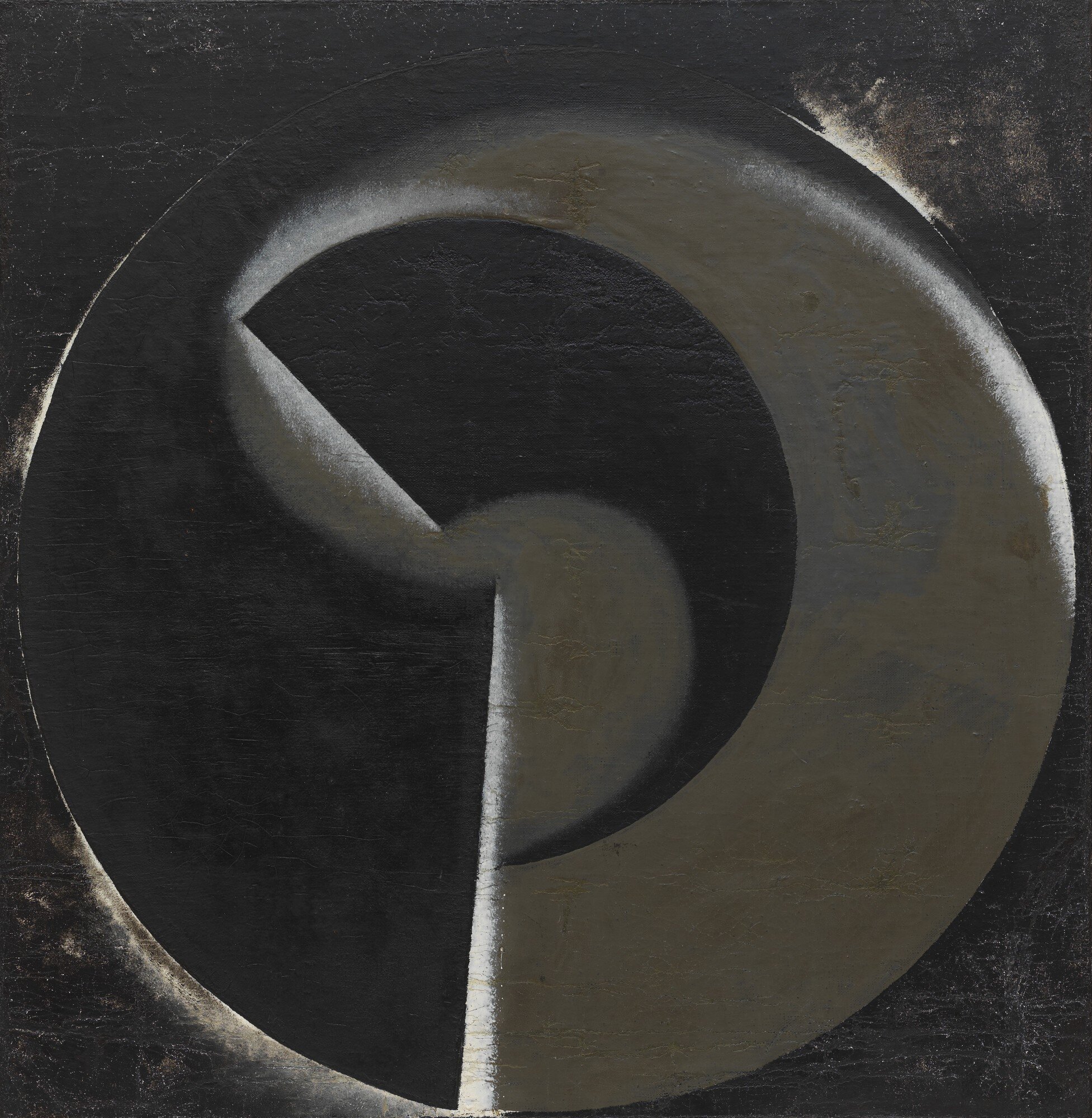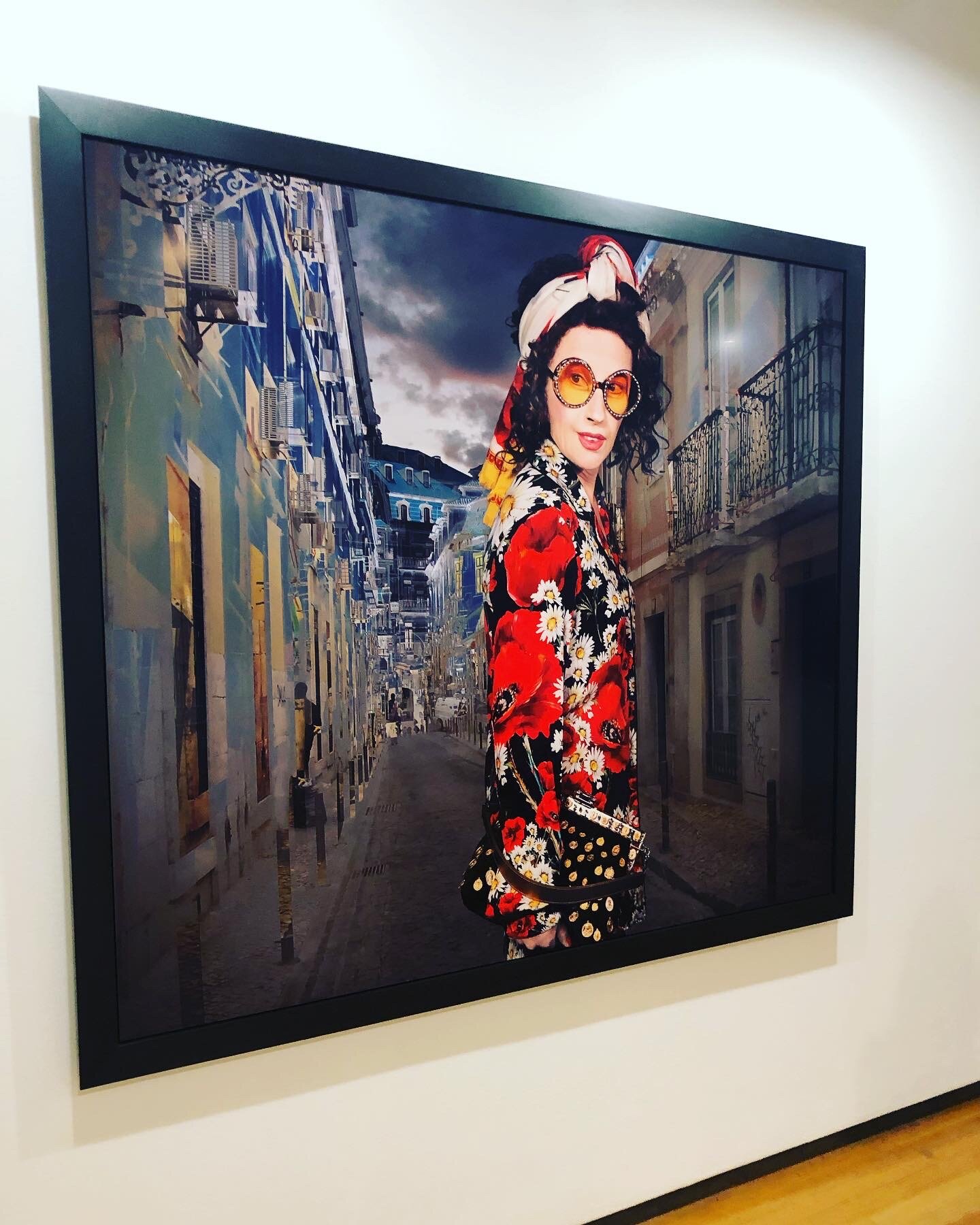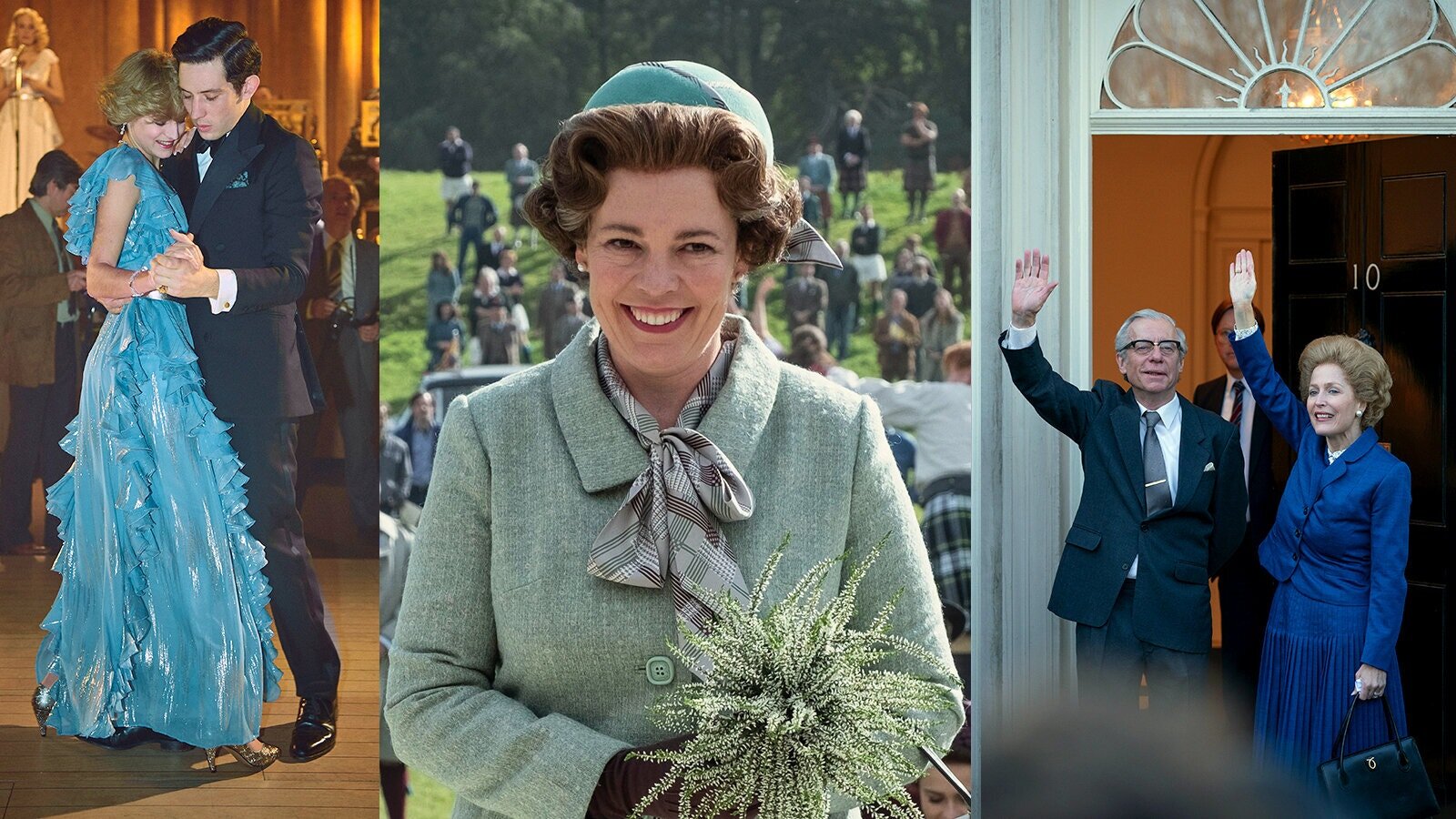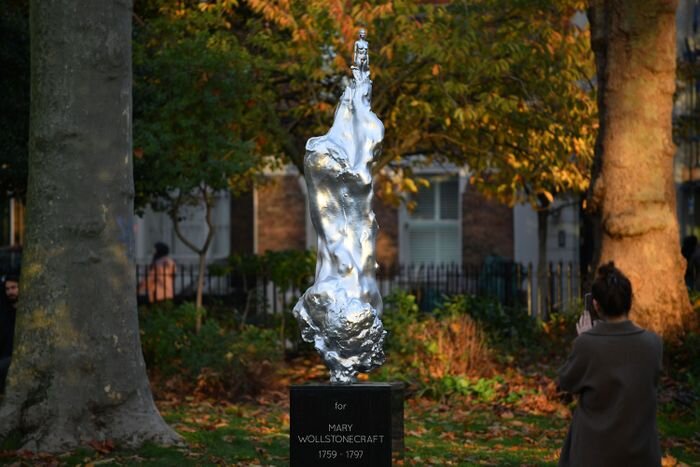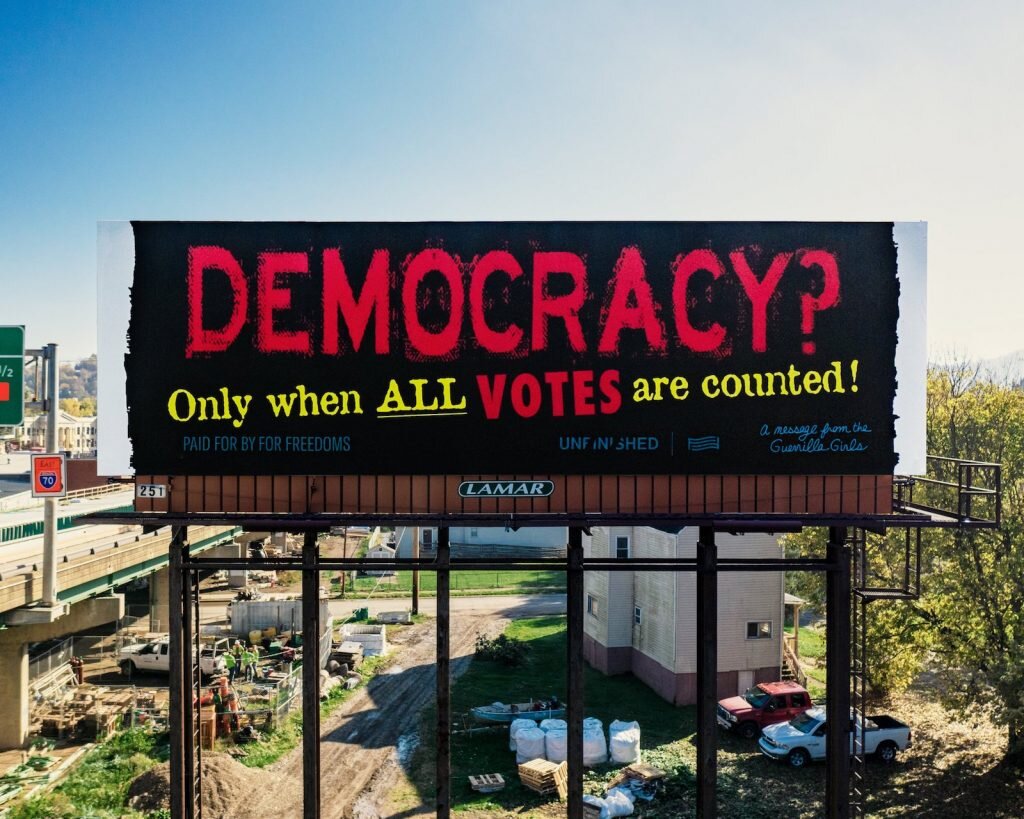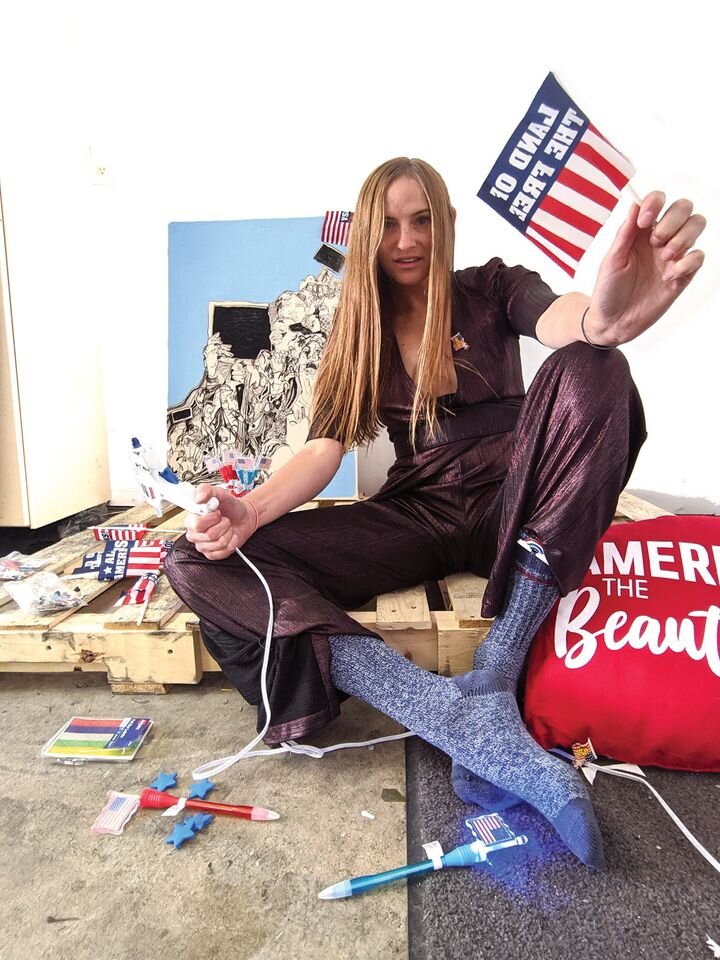As we wind down this strangest of semesters and prepare for the next, I have been thinking a lot this week about how differently I have had to approach the teaching of one of my courses in particular—Introduction to Film Studies. I was prompted to reflect on this after preparing the final lecture of the semester where I outline how dramatically Hollywood has had to change its business model to compete and meet the challenge of streaming services like Netflix, on the one hand, and Internet piracy on the other. As I was working through these ideas, it occurred to me that the dramatic decline in movie theatre attendance in the past decade (another point of discussion) could now be seeing the final nail in the coffin with the global pandemic. How would this change cinema-going, and how would this show up in my classroom?
When I began teaching my Intro to Film course nearly ten years ago, one of my absolute pedagogical goals was to ensure that my students would sit together for each of the weekly film screenings and have a robust discussion immediately afterwards. Another goal was for students to attend the Vancouver International Film Festival and experience the energy of cinephiles as they gather for lively screenings and post-film discussions. Emphasizing these moments of shared, undistracted, and non- “time-shifting” viewing has been key to the success of my course, and one that many of my students have commented on as an important and enjoyable element of the communal experience of cinema-going. This past semester, all of that had to change, and I cannot help but think something very important was lost in the process.
Coincidentally, one of the podcasts I listen to regularly (Slate Culture Gabfest) was also ruminating precisely on this topic and featured film critic Sam Adams discussing a recent editorial about how the “darkened theatre” of 2020 has profoundly changed how people discover and learn about film, and also what the empty cinema may signal for film culture moving forward. In his article, titled “We Have Glimpsed Our Streaming Future, and It Sucks,” Adams concludes: “The world without movie theatres isn’t a world without gatekeepers. It’s just a world where the gatekeepers aren’t human, and instead of urging you to watch what they love, they serve up whatever seems most like the last thing you liked.” The happy accident of finding a random film you weren’t looking for – be it at a film festival, in a video store (remember those?), at a local theatre, or in a film class like mine—is threatened by the tidy algorithms that dictate what shows up next on your Netflix queue. Some food for thought…. and incidentally, I have assigned the reading for my students to reflect upon and included the episode of the Culture Gabfest that sparked more thought on this important topic in the round up below.
A FEW MORE THINGS BEFORE THE ROUND UP
Now that we are back to a partial lock down here in Vancouver, I am catching up on a few television series that have been on my must-see list. As a big fan of The Americans, I have been enjoying Deutschland 83, a German-American spy-thriller series that is set in 1983 and follows the storyline of a 24-year old East German man who is sent undercover by the Stasi into West Germany. Originally broadcast in Europe back in 2015, with impeccable casting and fantastic cinematography, it is a series that has gone on to win multiple awards and has had two further seasons Deutschland 86 in 2016 and this past year Deutschland 89 to coincide with events related to the fall of the Berlin Wall. If this historical era interests you, I also recommend two films that track along these lines: Good Bye, Lenin (2003) and The Lives of Others (2006)
I am also revisiting the classic and absolute must-see television series The Wire and have been enjoying working through all five seasons with the accompanying recaps and commentary in the The Wire Re-Up, which is The Guardian newspaper’s collected episode guide to the series. Beginning as a series of blog posts, the collected insights, interviews, and critical discussion on each episode are created (and now assembled) for those who have already watched the series once in its entirety. So this is an important spoiler alert—watch the series first (lucky you if you haven’t!) and then go back and check out the Wire Re-Up.









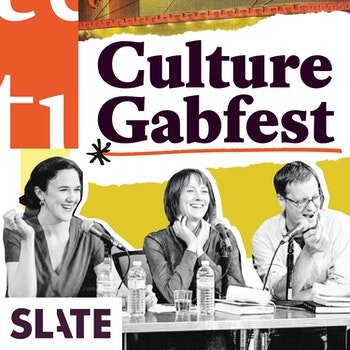
Did You Catch the Clever Art-Historical Easter Egg in the Netflix Hit ‘The Queen’s Gambit’?
A 21-year Old’s Collection of Supreme T-Shirts Expected To Sell for $2 million at Christies
The Gray Market: Why Corporate Collections Are Thriving While Museums Starve
When Tracey was Traci: Emin's unseen early paintings published for the first time

